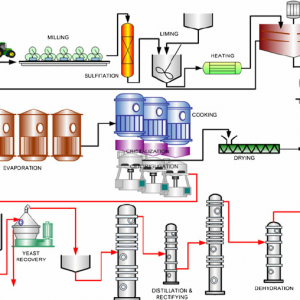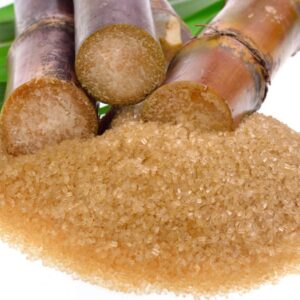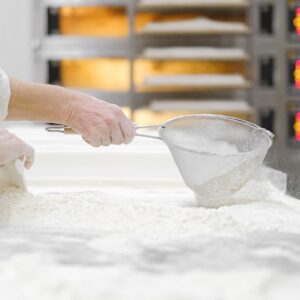Bioethanol is a form of renewable energy that can be produced from agricultural feedstocks. It can be made from very common crops such as sugar cane, potato, manioc, and corn. There has been considerable debate about how useful bioethanol will be in replacing gasoline. Concerns about its production and use relate to increased food prices due to the large amount of arable land required for crops, as well as the energy and pollution balance of the whole cycle of ethanol production, especially from corn. Recent developments with cellulosic ethanol production and commercialization may allay some of these concerns.
Cellulosic ethanol offers promise because cellulose fibers, a major and universal component in plant cells walls, can be used to produce ethanol. According to the International Energy Agency, cellulosic ethanol could allow ethanol fuels to play a much bigger role in the future than previously thought.
PRODUCTION PROCESS
The basic steps for large-scale production of ethanol are microbial (yeast) fermentation of sugars, distillation, dehydration. Prior to fermentation, some crops require saccharification or hydrolysis of carbohydrates such as cellulose and starch into sugars. Saccharification of cellulose is called cellulolysis. Enzymes are used to convert starch into sugar.





Reviews
There are no reviews yet.